(ECNS) -- In Tianjin's Qilihai Wetland Nature Reserve, a group of milu deer are often seen in reed marshes and ponds. With a face like a horse, horns like a deer, hooves like a cow and a tail like a donkey, the milu is also known as "sibuxiang" in Mandarin, meaning it is unlike any of the four species. Milu deer, a first-class national protected animal, is rare across the world.
Milu deer are an original species in Tianjin's Qilihai Wetland. There used to be a large number of milu deer inhabiting here, but they gradually disappeared for various reasons. In the 1980s, milu deer were introduced from overseas. In 2011, Ninghe District of Tianjin introduced 10 milu deer from Beijing Milu Deer Park and stocked them in Qilihai Wetland to speed up the recovery of the population, and built a breeding base with special care.
In recent years, Tianjin has promoted the protection and restoration of Qilihai Wetland. The ecological environment has been significantly improved. The population of milu deer has been expanded from 10 to about 25 at present.
After consulting experts, the Management Committee of Qilihai Wetland Nature Reserve decided to gradually release milu deer into the wild. At the same time, these milu deer mainly feed on aquatic plants, which play a positive role in purifying water and slowing down eutrophication of water.











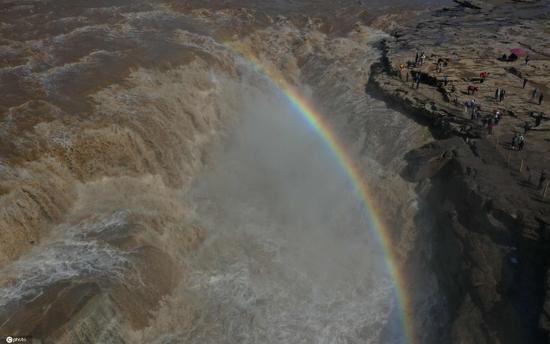
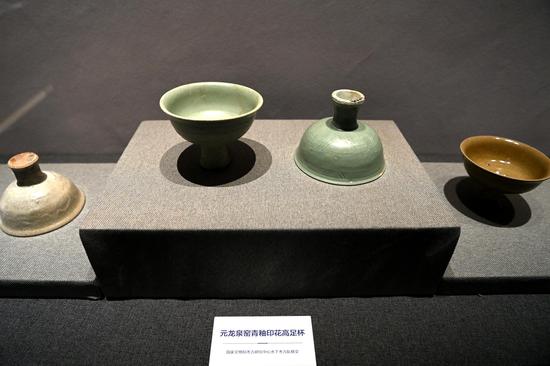
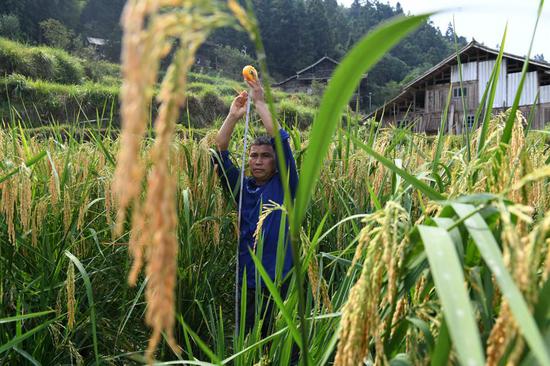

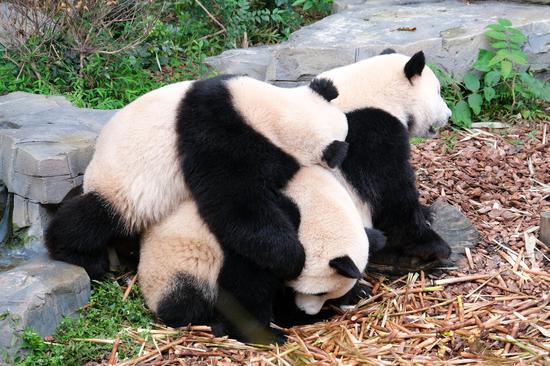

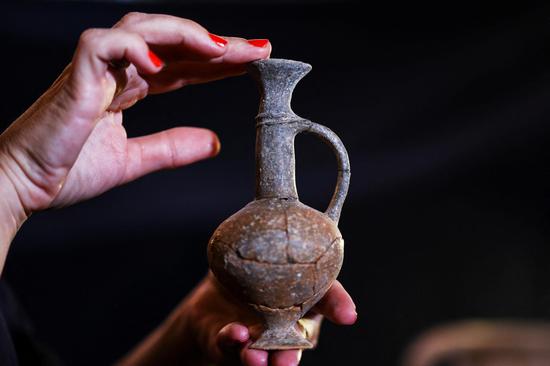
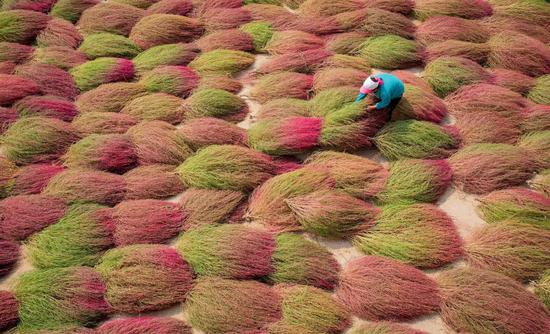




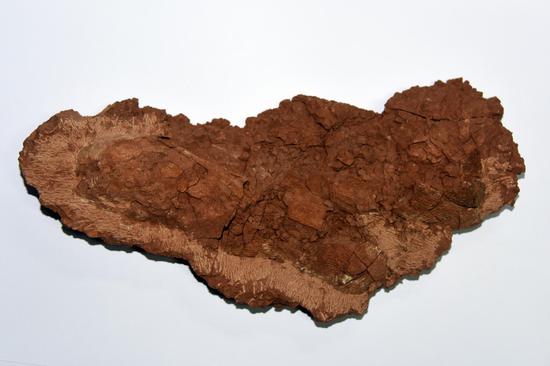



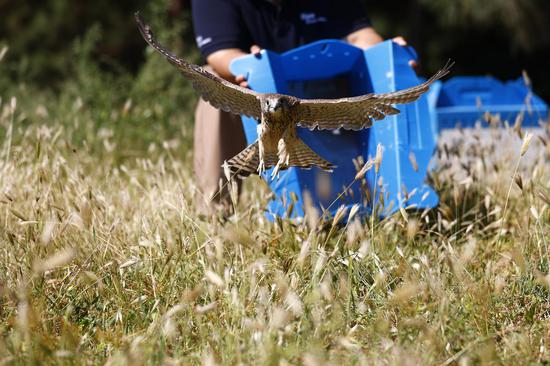



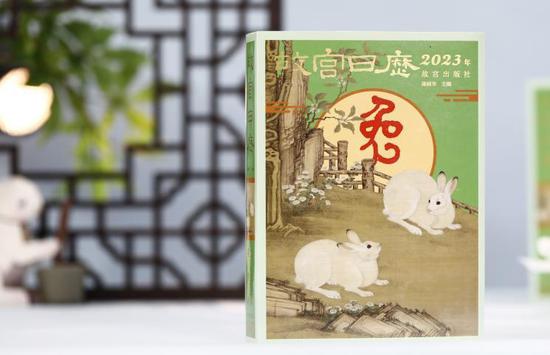



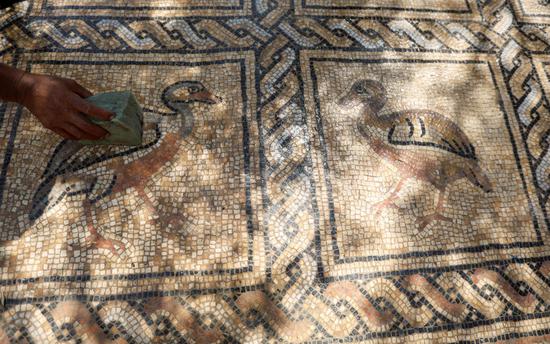







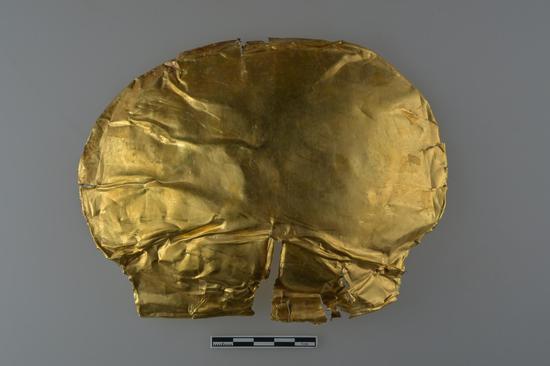


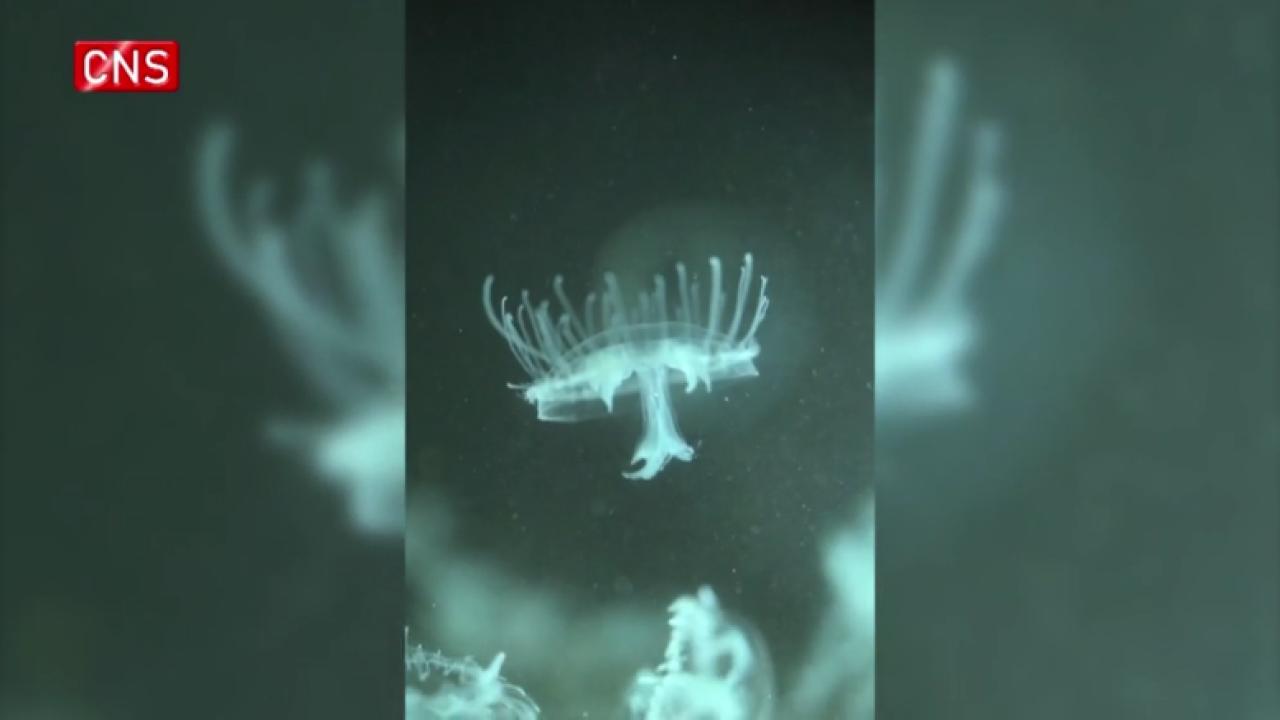



 京公网安备 11010202009201号
京公网安备 11010202009201号